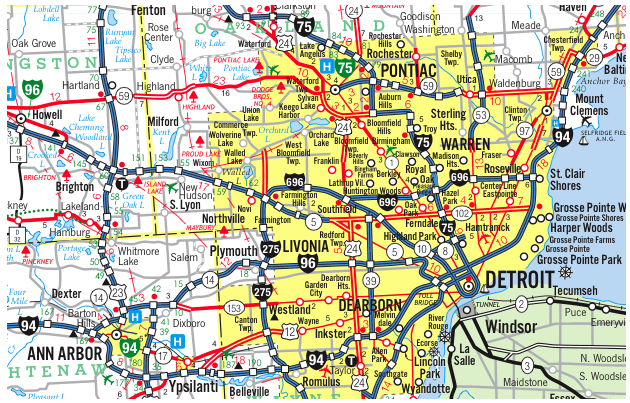Pole Barn vs. Stick-Built Construction: A Comprehensive Comparison
When planning a new building, whether for residential, agricultural, or commercial purposes, one of the most crucial decisions is choosing the construction method. Two popular choices are pole barn construction and stick-built construction. Each has its advantages and disadvantages, depending on factors such as cost, durability, energy efficiency, and intended use.
This article provides an in-depth comparison of pole barns and stick-built structures, helping you determine which option best suits your needs.


 Our Construction company is Servicing Southeast Michigan, Detroit and the Tri-County area Wyane, Oakland and Macomb;
Our Construction company is Servicing Southeast Michigan, Detroit and the Tri-County area Wyane, Oakland and Macomb;